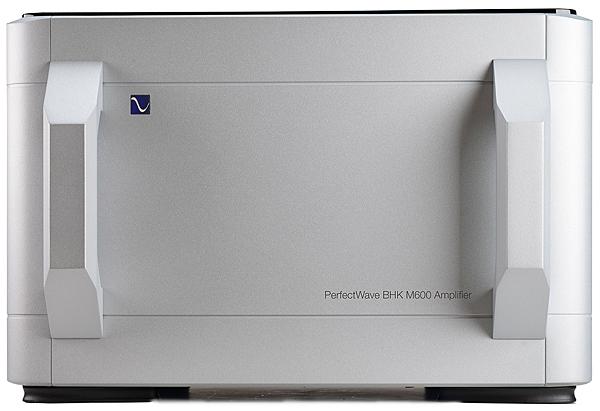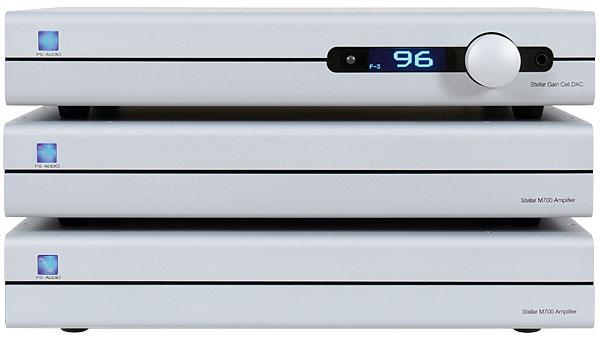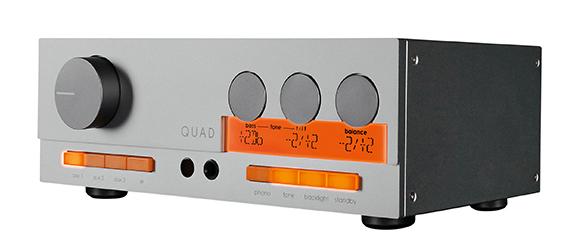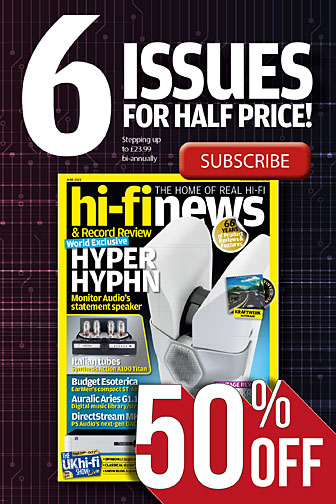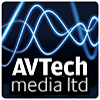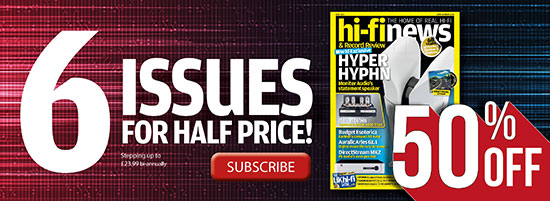Pre/Power Amplifiers
Sort By: Post DateTitle Publish Date
|
Oct 01, 2018
|
Feb 13, 2020
|
May 27, 2020
|
Mar 03, 2020
|
Jan 18, 2025 |
First Published: Jan 01, 2025
|
Jun 20, 2023 |
First Published: Nov 01, 2000

 An outlier in its day, this preamp was marketed as a match for products from rival brands yet its real purpose was to drive the company's MFB speakers. We fire it up...
An outlier in its day, this preamp was marketed as a match for products from rival brands yet its real purpose was to drive the company's MFB speakers. We fire it up...
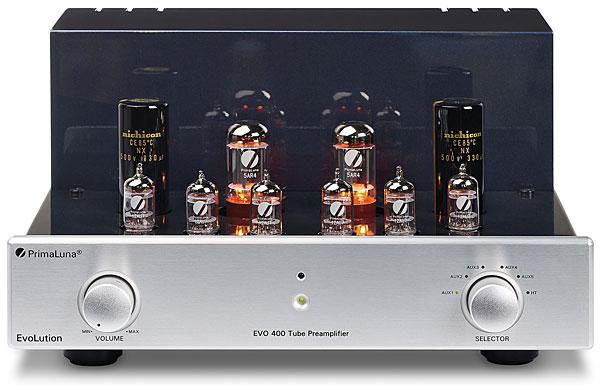
 The ultimate expression of PrimaLuna's EvoLution amplifiers not only accommodates a raft of different output tubes but also offers triode/ultralinear switching on the fly
The ultimate expression of PrimaLuna's EvoLution amplifiers not only accommodates a raft of different output tubes but also offers triode/ultralinear switching on the fly

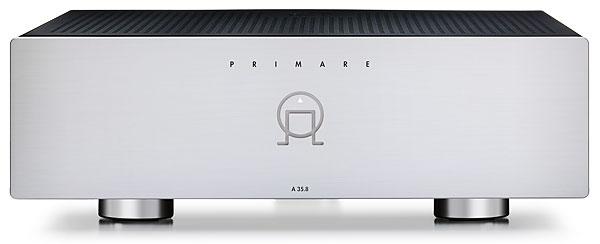

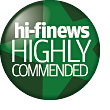 This neatly packaged, sleekly-styled Scandinavian integrated offers DAC and streaming functionality, plus a very fine sound thanks to its proven Class D power amp modules
This neatly packaged, sleekly-styled Scandinavian integrated offers DAC and streaming functionality, plus a very fine sound thanks to its proven Class D power amp modules

